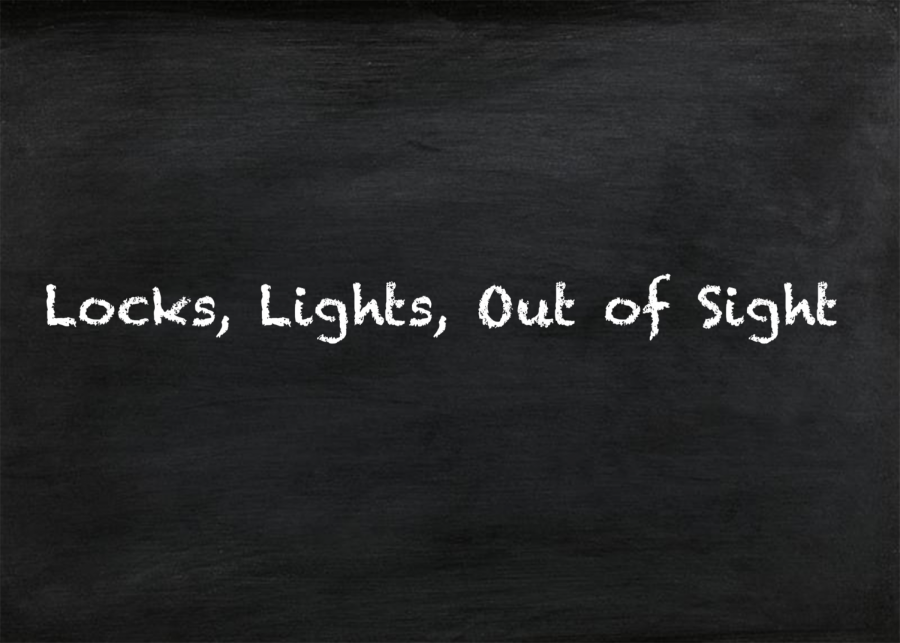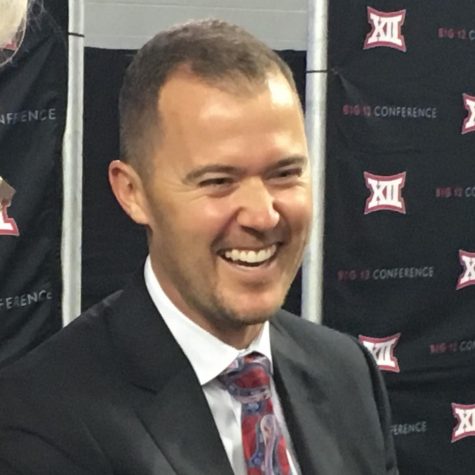Opinion: A Return to Normal Means a Return to Fear for U.S. Students
By Jacob Gold ’23
It’s not uncommon to read a line or two in a news story on a mass shooting telling readers about young individuals helping older people to get safely away from threats, and that’s for a reason: We all, since our early childhood, have been forced to learn how to survive active shooting situations. After so much class time spent with teachers going over shooting safety, it feels like Locks, Lights, Out of Sight is as ingrained in each of our heads as Stop, Drop, and Roll.
As people begin gathering in public again in the wake of COVID-19, mass shootings in the United States appear to be returning to regularity as well, with 3 highly publicized killings in the last month alone. While it isn’t a new question, many people still wonder: Why does ‘Back to Normal’ seem to mean ‘Back to Terror’ for ordinary civilians, even children, in our country?
In Colorado, it seems we’ve seen more of this kind of violence than anywhere else, especially with the news of the recent Boulder King Soopers Shooting that left nine civilians and a police officer dead and shocked the entire state.
For high school students in our country, though, the attack is another one of many reminders that we can be harmed nearly anywhere during our daily routine. Regularly, students are taught shooting safety techniques as a normal part of safety instruction, right alongside fire drills and shelter-in-place practice. Students know that, should a lockdown ever occur, they are to huddle in a corner together as their teacher locks the door, turns off the lights, and retreats to somewhere away from windows. Some teachers tell their students that they will allow them to text their parents, letting them know that they haven’t yet been harmed.
While it isn’t something that is constantly in our minds as we go throughout our day, shootings are a consistent worry for many of us. A stack of books dropping loudly at the end of the hall often makes an entire class go silent, hoping not to hear another pop or bang. Nearly every high school student I know has had at least one worrying experience where they thought they might be killed by a shooter. While a few of us have been lucky enough to avoid any serious traumatic events, others have gone through full-on school lockdowns as a result of threats, myself included.
There’s no question that the threat of school shootings has become a normalized part of the school experience for this generation – Almost 187,000 students across 193 U.S. schools have been directly effected by them, according to the Washington Post. That number doesn’t include the massive number of family and wider community members who have had to deal indirectly with the trauma inflicted by mass shootings.
As much as many students would like to believe that the recent Boulder shooting would help the adult world to see the terror that comes with walking into a place where a shooting could happen at any moment, we know that change never seems to come after an act of terror like this.
Every time this kind of tragedy happens, politicians and public speakers alike, many financially backed by the NRA and the rest of the gun lobby, send their ‘thoughts and prayers’ to the victims, all while refusing to take any steps to prevent another tragedy. Those who try to propose solutions are bashed for ‘making the issue political.’ Others flock to claim that the issue is a mental health one, but at the same time deny any push to actually improve mental healthcare in our country.
As a generation, we’re tired of ‘thoughts and prayers,’ followed by inaction and apathy. We don’t want to hear how sorry the adult world is for allowing yet another terrorizing event to take place. We want to hear how it’s going to be fixed, and we want to see that change becoming a reality.





